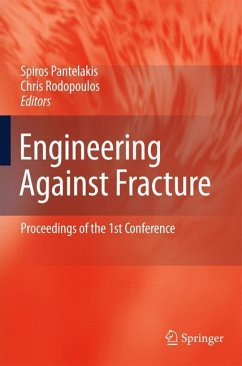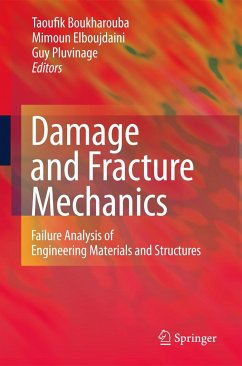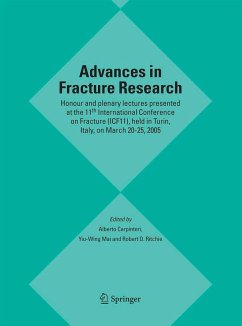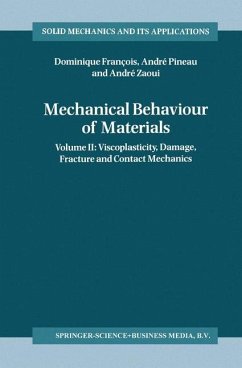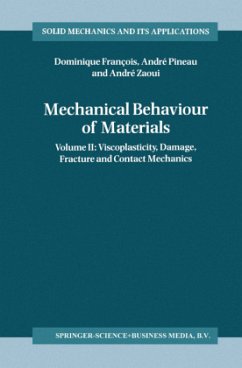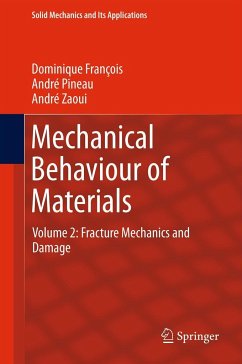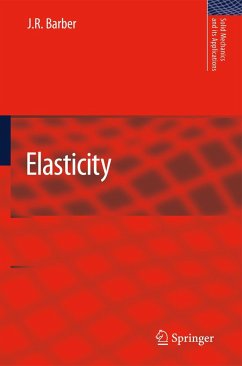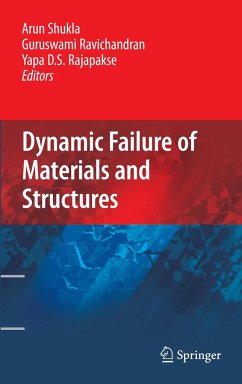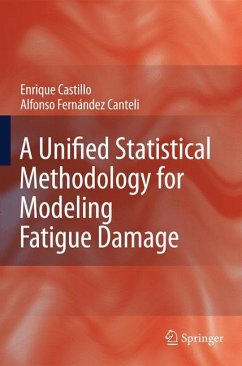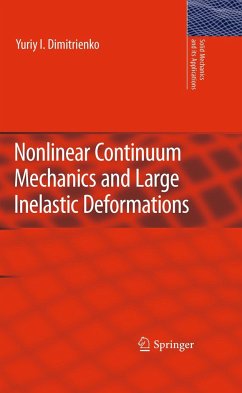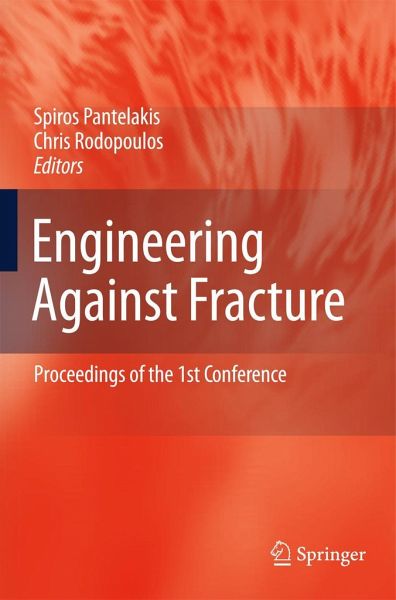
Engineering Against Fracture
Proceedings of the 1st Conference
Herausgegeben: Pantelakis, S. G.; Rodopoulos, C. A.
Versandkostenfrei!
Versandfertig in 6-10 Tagen
113,99 €
inkl. MwSt.

PAYBACK Punkte
57 °P sammeln!
This volume consists of selected papers from the first conference on Engineering Against Fracture, held in Patras, Greece, May 28-30, 2008.
The book delivers a wealth of scientific works aiming to provide solutions to a number of engineering problems found in several industrial sectors including aeronautics, ship building, material fabrication etc. Following the unique conference concept, Engineering Against Fracture represents the interdisciplinary actions needed for conceptualising, establishing, testing and finally solving an engineering problem taking into account all the necessary interactions. This is the new model which drives engineering in the 21st century.
The book delivers a wealth of scientific works aiming to provide solutions to a number of engineering problems found in several industrial sectors including aeronautics, ship building, material fabrication etc. Following the unique conference concept, Engineering Against Fracture represents the interdisciplinary actions needed for conceptualising, establishing, testing and finally solving an engineering problem taking into account all the necessary interactions. This is the new model which drives engineering in the 21st century.
Within the last thirty years there is a growing acknowledgement that prevention of catastrophic failures necessitates engagement of a large pool of expertise. Herein it is not excessive to seek advice from disciplines like materials science, structural engineering, mathematics, physics, reliability engineering and even economics. Today's engineering goals, independently of size; do not have the luxury of being outsideaglobalperspective.Survivaloftheintegratedmarketsand?nancialsystems require a web of safe transportation, energy production and product manufacturing. It is perhaps the ?rst decade in engineering history that multidisciplinary - proaching is not just an idea that needs to materialise but has matured beyond infancy. We can witness such transition by examining engineering job descriptions and postgraduate curricula. The undertaking of organising a conference to re?ect the above was not easy and de?nitely, not something that was brought to life without a lot of work andc- st mitment. The 1 Conference of Engineering Against Fracture from its conceptual day until completion was designed in a way of underlying the need of bringing all the key players on a common ground that once properly cultivated can ?ourish. To achieve that the conference themes were numerous and despite their, in principle notional differences, it was apparent that the attendees established such common ground through argumentation. The reader can see this from the variety of research areas re?ected by the works and keynote lecturers presented.





